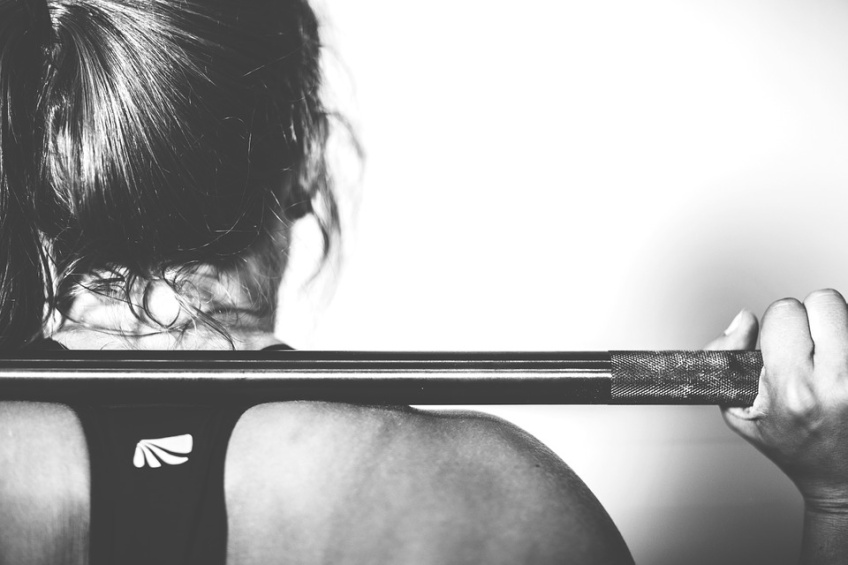New athletes make dozens of mistakes beginners make, and we’ve all been there. The journey from nervous newbie to seasoned vet with the physical progress to show for it comes with plenty of bumps in the road. Contrary to popular “broscience,” though, the most common mistake beginners make isn’t using the smith machine or missing their “anabolic/nutrient window” — it’s learning to be patient.
Whether you are looking to train for your favorite sport during the off season, to start competing in powerlifting or bodybuilding, or just to be able to walk up a flight of stairs without breaking a sweat, having patience is the single most significant indicator of success or failure.
Programming Flip-Flops
We’re not talking about programming a light show into the shoes you had in the ‘90s — we’re talking about using impatient, inconsistent, and self-defeating training methods. The epitome of all of these is program hopping.
If you’re going to see progress in any area, you need to be in a dedicated relationship with the training that will develop that progress. When you start jumping between programs like a kangaroo in a circus tent, you’ll be spinning your wheels plenty, but going nowhere. Program flip-flopping is bad for two reasons: First, you don’t allow yourself time to develop new motor patterns; and second, you never develop a significant enough progressive overload to challenge your body.
Movement Patterns
Borrowing Bruce Lee’s famous metaphor, “be water.” In our application, however, it’s not about fluidity in performing high-flying kicks or martial arts, but in developing the path of least resistance. Your movement patterns develop in the same way that a river carves out a path for itself.
All movement begins in the mind. From there, your central nervous system sends a series of signals throughout your body to initiate that movement. The first time you do it, it’s sloppy. If you’ve never performed an overhead press before, you’ll be doing it with all the coordination of a baby’s first steps. The biggest difference between a toddler learning to walk and Usain Bolt are the developed motor skills.
The signal sent from your central nervous system will force its way through the movement. You won’t be graceful, but you’ll get the job done. As you continue practicing the movement, however, your body becomes more comfortable with it, developing more efficient pathways to send those neural signals through. The more you practice this movement, the more natural it becomes, just like water carving out a normalized riverbed to run along.
Progressive Overload
Progressive overload is the principle that all physical training must implement for you to make progress. Simply put, for you to become stronger, faster, or more athletic, you must continually push your muscles harder than they are used to. Usually, this means increasing the resistance you work with.
Practice Makes Perfect
You start making progress when you combine these two principles. Unless you are constantly challenging your muscles with established and efficient movement patterns, you will not see progress. Beginners often find they can make incredible gains when they first start, and then that progress slows. Becoming discouraged, they move on to a new program. What happens in these cases is that motor patterns are established, making the exercise easier, but then progress slows down because it takes longer for the body to adapt to a challenge than it does to start learning a new movement.
When you start a program, stick to it. Making large strides can take years, and if you only look at the day-to-day, you’ll be painfully disappointed. If daily and weekly progress is your goal, you should document your progress in depth every day to see the measured difference in the numbers. Whatever you do, however, be patient, and don’t be a program hopper.

